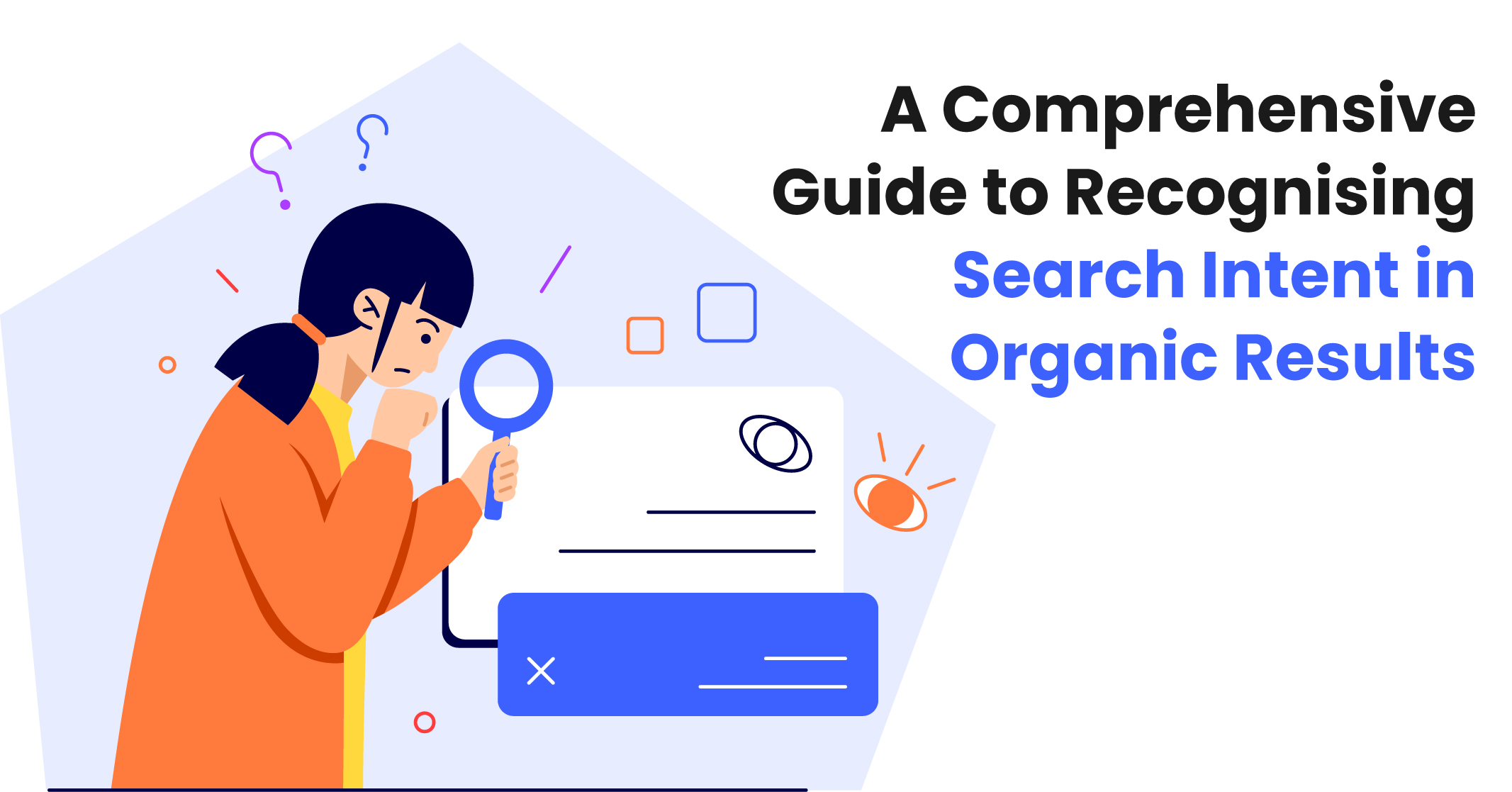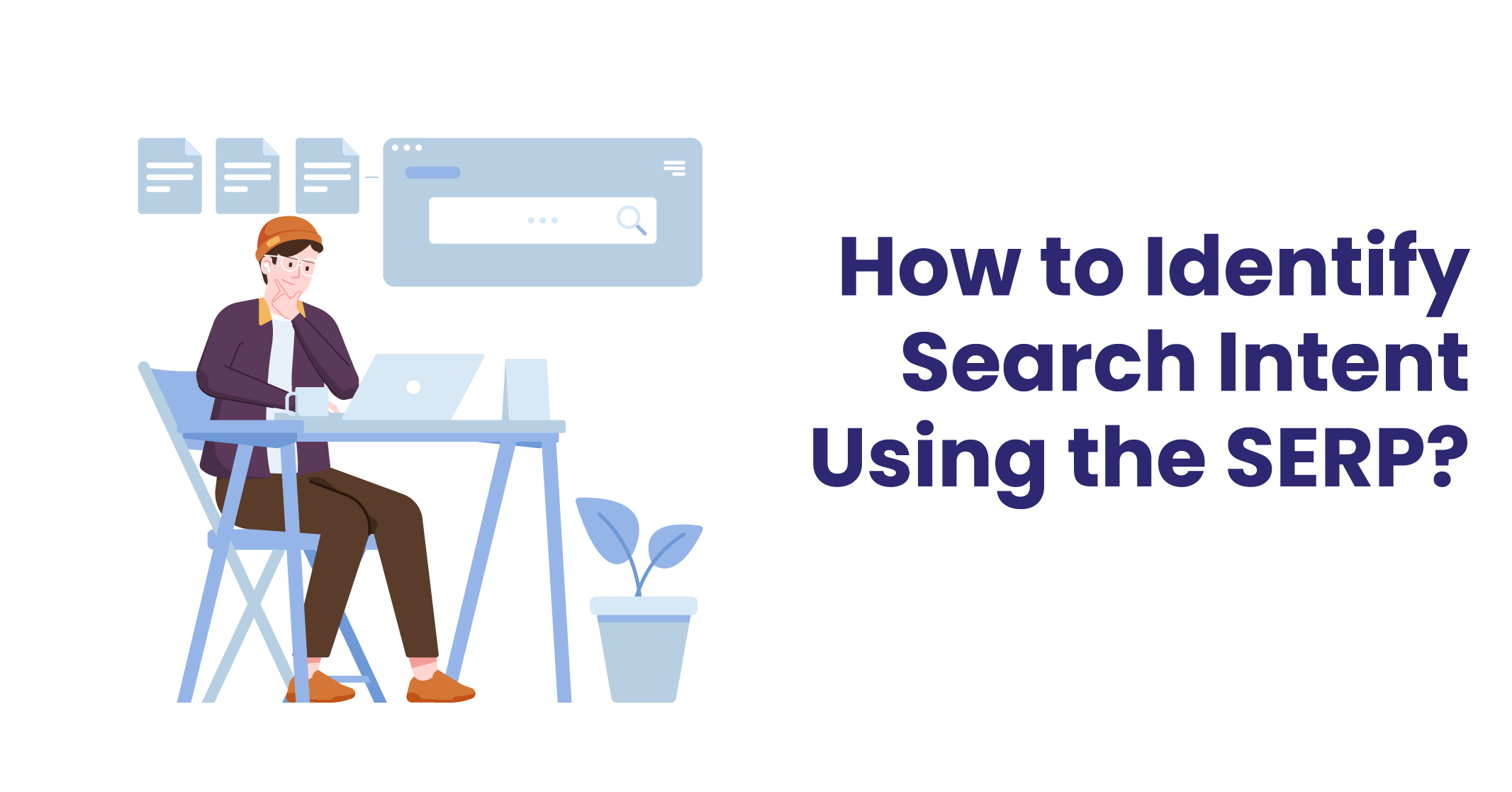I hope you enjoy reading this blog post.
If you want to get more traffic, Contact Us

Click Here - Free 30-Minute Strategy Session
Be quick! FREE spots are almost gone for this Month. Free Quote

One client requested us to rank their website for the keyword “London Olympics” a few weeks before the event. However, they were selling Union Jack rugs, which had no relevance to the search query.
This case exemplifies a common mistake where companies focus on ranking for as many keywords as possible without considering the searchers’ intent. This mismatch can result in negative outcomes for everyone involved.

Click Here – Free 30-Minute Strategy Session
Be quick! FREE spots are almost gone for this Month
To avoid this, we should prioritise the searcher’s intent and create content that aligns with their goals. By analysing the search query and identifying the searcher’s intent, we can tailor our content to match their needs.
This change in mindset can lead to better search engine rankings, improved user experience and business success.
When it comes to identifying the meaning and intent behind search queries, you must understand the intent behind a search query, we need to analyse the search terms themselves. Even a few words can reveal a lot about what a searcher is looking for.
By breaking down the query into individual elements and considering synonyms, tenses and dual meanings, we can identify potential interpretations.
For example, a search for “catch cricket” could refer to watching cricket on TV or catching a cricket insect. We can also use pre- and suffixes to refine the meaning or provide context. The phrasing and syntax of the search can also impact its meaning, and as the search becomes more conversational, we can use natural language to search.
What To Do?
Once you have the list of potential intents, you can use intent modifiers to determine what stage of the user journey the searcher is in – informational, commercial, transactional, or local. These modifiers can be applied to a large keyword list and help you classify search intent types at scale.
By focusing on the searcher’s intent, you can create content that better matches their needs and improve our chances of ranking well for relevant searches.
Learn More: 3 Major Types of Search Queries
Intent modifiers are words that indicate a specific search intent. For instance, the word “best” indicates a comparison intent. Adding the modifier “best” to an informational query like “cat toilet” changes it into a commercial query like “best cat toilet.”
Another example is the modifier “buy” which transforms the query into a transactional intent. If the searcher adds the modifier “near me,” it becomes a local transactional intent.
What To Do?
You can either utilise a pre-existing list of commonly used search modifiers or create your list based on research. STAT has conducted useful research on optimising for search intent and you can read their findings on their blog
Here is a step-by-step guide on how to segment your keyword list:
What To Do?
If a keyword falls under the transactional search intent bucket, it should be linked with a product page, while commercial terms should lead to category pages or comparison articles.
It’s essential to align the searcher’s objective with the content you provide, considering the meaning of each query and modifier.
What To Do?
By analysing the search query and identifying the meaning behind each component, you can understand the user’s intent and even classify it by intent stage.

Let’s explore how to use search engine result pages to determine the intent of a searcher.
Search engine results can provide insight into the possible intentions and stages of the intent underlying a query, as well as imply the most significant or prevalent intent.
This is because search results are ranked based on their relevance to the user and ability to help them achieve their objective, i.e., the results that best match the searcher’s intent rank the highest and have the most potential to help them achieve their goal, according to Google.
It’s important to note that we should approach these findings with caution and exercise our common sense, as even Google can make mistakes.
Let’s begin analysing the search results by searching your query on Google.
Repeat the process for your entire list of keywords. Pay attention to how the results change for similar or related queries. Even minor differences, such as using the plural form of a word, can significantly alter the results and imply a different intent behind the search query.
Yes. Let’s examine how we can identify search intent by looking at the search features that appear for a particular query. The presence of certain search features can provide clues about the search intent SEO and its stage.
For instance, the appearance of shopping results indicates that the searcher is likely to have commercial intent. Similarly, the presence of a local pack suggests that the searcher is interested in a location-based search.
We can classify the intent of a search based on the search features that appear for the query.
We aim to gather information on the following when identifying search intent through search features:
As a bonus, Answer the Public is a free tool that can be used to gain a deeper understanding of related queries and the bigger picture of a search, with the help of “People also asked boxes.”

Let’s explore how ads can help us identify search intent. The mere presence of ads in search results can suggest that there is commercial or transactional intent.
What To Do?
Points To Remember: It’s not just analyzing your competition’s ads that can help identify search intent; you can also run your test campaigns to understand the majority intent behind your queries.
By doing this, you can gain a better understanding of how to identify the intent behind a search query.
When searching on a search engine, users can have two types of search intents: informational search intent and navigational search intent.
For instance, if a user searches for “how to bake a cake” in a search engine, their intent is likely informational, as they are searching for information on how to accomplish a task.
On the other hand, if a user types in “Facebook” in a search engine, their intent is likely navigational, as they are searching for a specific website.
To identify the mode and location of a search, there are a few methods that you can use, some of which are more manual than others.
To determine the mode and location of the search, you can use various techniques, such as:
Points To Remember: To craft experiences that resonate with your searchers, you need to understand their tasks, content preferences and interaction styles. You can use the insights gathered from user interviews and surveys to create targeted content that addresses their needs and aspirations.
Moreover, you can refer to CRO guides and “Jobs to be done” frameworks to get inspiration for asking the right questions and eliciting meaningful responses.
What To Do?
Here are the 4 most important SERP tips:

LEAVE A REPLY